13 Beautiful Spring Flowers Perfect for Shaded Gardens
Spring brings new life to gardens, even in areas with limited sunlight. Choosing the right flowers for shaded spots can brighten these cooler, darker spaces and create a welcoming atmosphere. Many beautiful blooms thrive without direct sun, adding color and texture where it is needed most. Growing shade-loving flowers is a great way to make every part of your garden come alive during the spring season.
This post may contain affiliate links, which helps keep this content free. Please read our disclosure for more info.
Hellebore (Lenten Rose)

Hellebores, often called Lenten Roses, are one of the earliest bloomers in spring, making them perfect for shaded garden spots. These flowers can tolerate deep shade and still produce charming nodding blooms in colors ranging from white and pink to deep purple. Their leathery evergreen foliage provides year-round interest, adding texture even when the flowers are not in bloom.
These flowers thrive in well-drained soil rich in organic matter, which shaded areas often provide naturally. Hellebores are also deer resistant, making them a practical choice for gardens where wildlife can be a concern. Their ability to bloom before many other plants awaken makes them a standout in shaded garden corners.
Bleeding Heart (Dicentra spectabilis)

Bleeding Hearts bring a romantic and delicate touch to shaded gardens with their heart-shaped flowers hanging gracefully from arching stems. These perennials flourish in partial to full shade, especially under tall trees where sunlight is limited. Their soft pink or white flowers bloom in early spring and add softness to shady spots that might otherwise look dull.
These plants prefer moist, well-drained soil and benefit from the cooler microclimate that shaded areas provide. Bleeding Hearts naturally go dormant in the summer heat, so gardeners do not have to worry about them fading too quickly in shaded conditions. Their unique shape and gentle color make them an elegant addition to any spring garden with limited sun.
Japanese Forest Grass (Hakonechloa macra)
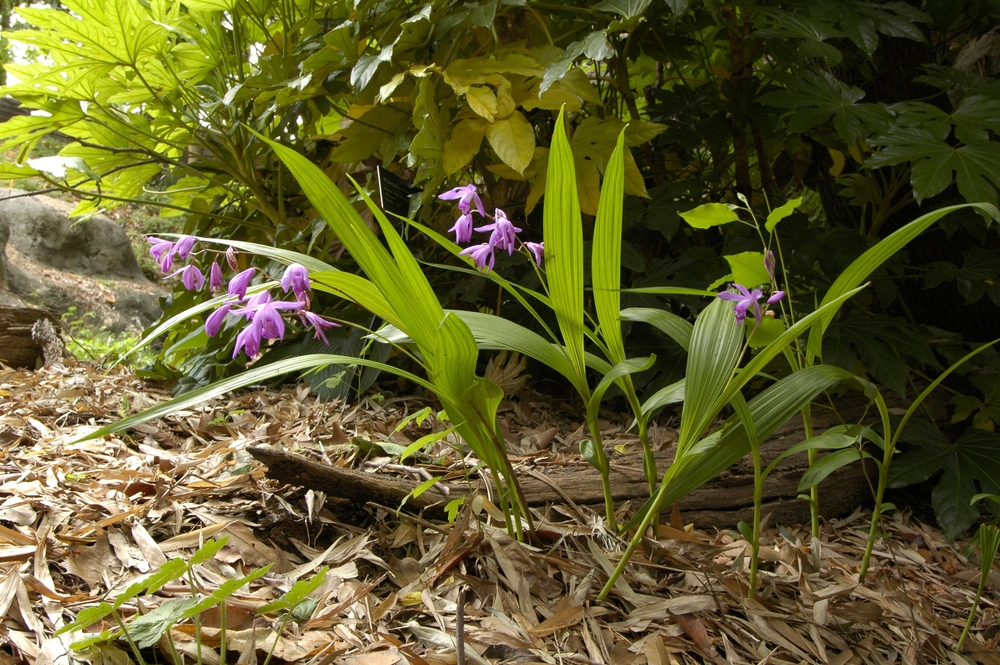
Japanese Forest Grass is a graceful ornamental grass that brightens shaded gardens with its arching, bamboo-like leaves. It thrives in part to full shade and adds a splash of soft green or golden yellow that complements spring blooms around it. This grass prefers moist, well-drained soil and is low maintenance, making it a favorite for gardeners looking to add texture without extra work.
The slow, flowing movement of the blades in the breeze adds life to shaded corners that may lack color in early spring. Japanese Forest Grass pairs well with spring flowers that prefer shade, providing a lush background that enhances the overall garden look.
Lungwort (Pulmonaria)

Lungwort is a charming early spring bloomer known for its spotted leaves and clusters of blue, pink, or white flowers. It thrives in shady, moist environments, making it perfect for woodland or shaded gardens. The unique foliage remains attractive even after the flowers fade, offering interest throughout the growing season.
This plant prefers humus-rich soil and moderate moisture, conditions often found in shaded spots. Lungwort also attracts pollinators like bees early in the season, supporting local garden ecosystems. Its combination of striking leaves and delicate flowers makes it a valuable addition to any garden space with limited sunlight.
Columbine (Aquilegia)

Columbine produces elegant, bell-shaped flowers in many vibrant colors during the spring months. This perennial grows well in partial to full shade and adapts easily to various soil types, provided they are well-drained. Columbines add vertical interest with their slender stems and unique flower shapes that can brighten darker garden areas.
Their ability to grow in dappled sunlight makes them a great choice beneath trees or near tall shrubs. Columbines also attract hummingbirds and butterflies, bringing movement and life to shaded spots. Their resilience and graceful appearance make them popular for shaded garden borders or woodland gardens.
Foamflower (Tiarella cordifolia)
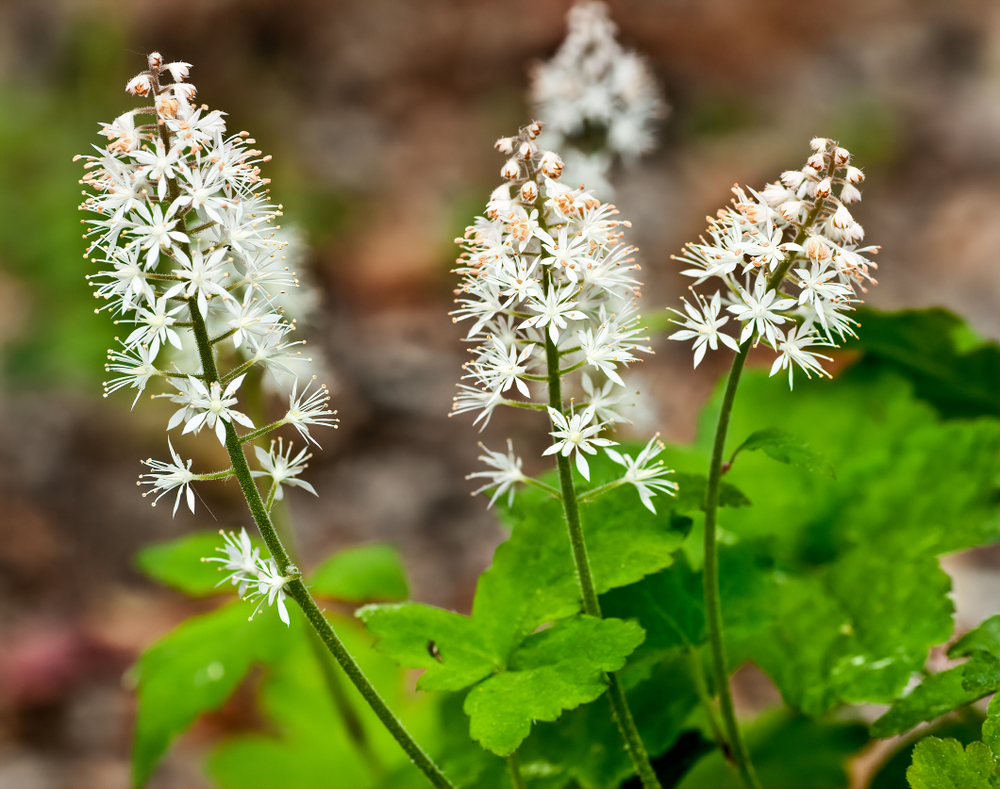
Foamflower is a low-growing perennial with delicate spikes of white or pink flowers that bloom in early spring. This plant thrives in shade and prefers moist, well-drained soil. Its attractive, lobed leaves often have a slight reddish tint, which adds color even when it is not flowering.
Foamflower spreads gently to form a soft groundcover, helping to fill empty spaces in shaded garden beds. It pairs well with other shade-loving plants and is known for its tolerance of dry shade once established. This makes it an excellent choice for areas where many plants struggle to grow.
Trillium
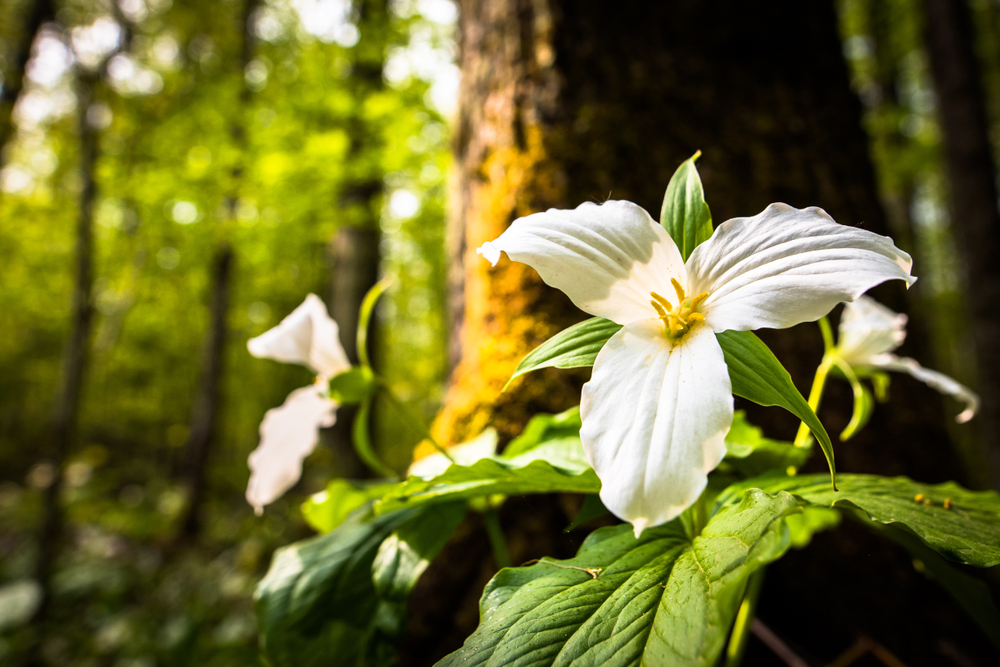
Trillium is a native wildflower that does best in rich, shaded woodland gardens. Its distinctive three-petaled flowers come in white, pink, or red and bloom in early spring. Trilliums prefer moist, well-drained soil and tend to grow slowly, rewarding gardeners who provide the right shady environment.
Because they are woodland natives, trilliums do not require much sunlight to thrive and often appear in natural forest settings. Their understated beauty and unique shape make them prized among gardeners who want authentic spring blooms in shaded areas. Trilliums also attract pollinators and help maintain biodiversity in garden spaces.
Sweet Woodruff (Galium odoratum)
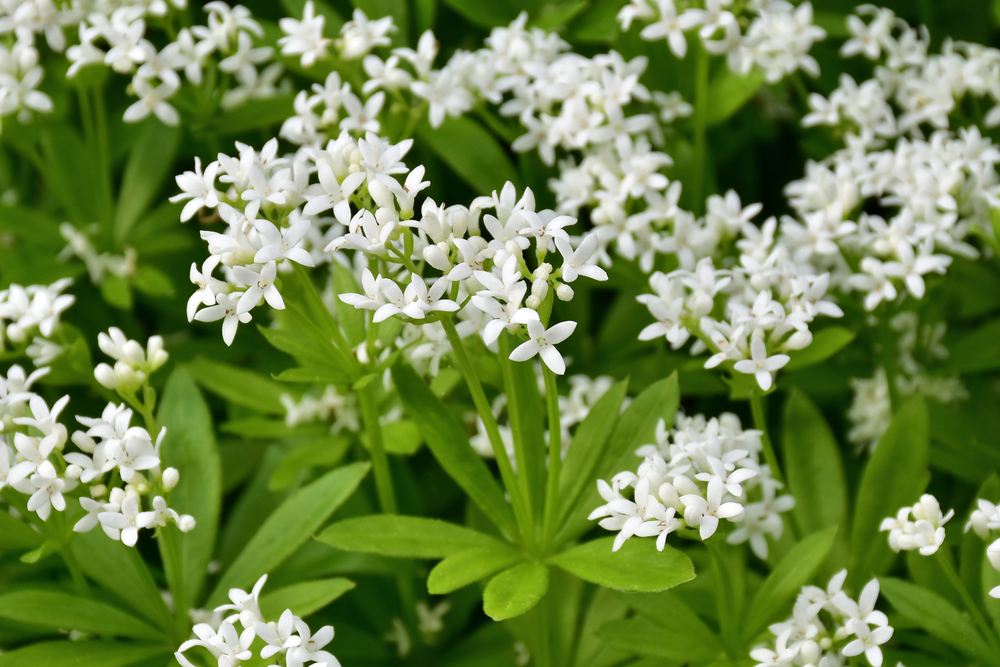
Sweet Woodruff is a fragrant groundcover that spreads quickly in shaded gardens. Its tiny white flowers appear in spring, followed by a lush mat of bright green leaves that release a fresh scent when crushed. This plant thrives in full to partial shade and prefers moist, well-drained soil.
Gardeners value Sweet Woodruff for its ability to suppress weeds while providing a soft carpet under trees or shrubs. Its scent has been used traditionally in teas and potpourris, adding a sensory layer to garden experiences. It works well alongside spring flowers, creating a pleasing contrast with taller plants.
Virginia Bluebells (Mertensia virginica)
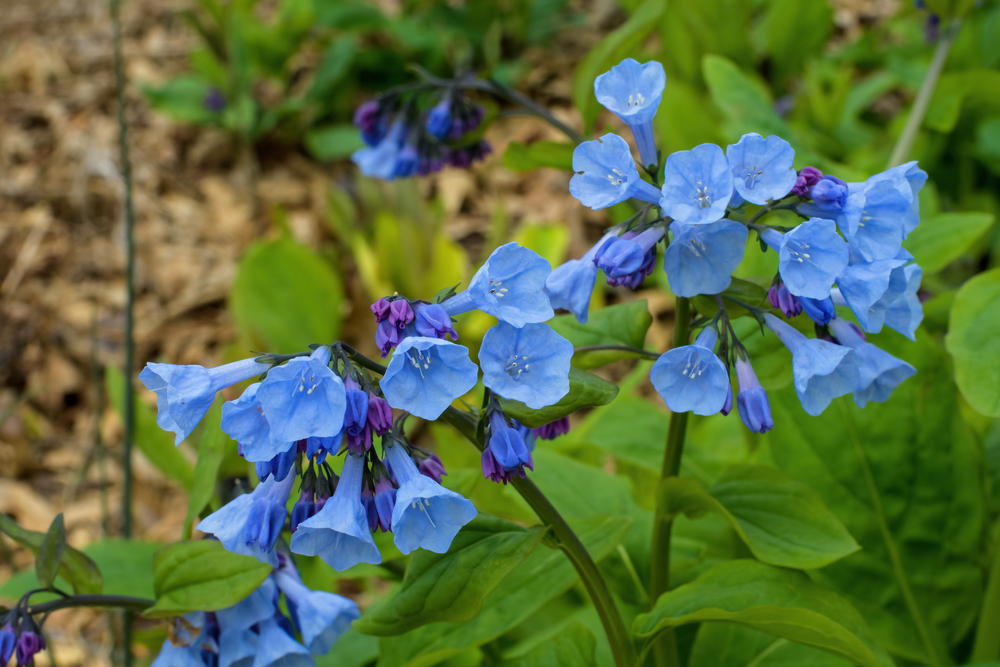
Virginia Bluebells display clusters of delicate, bell-shaped blue flowers in spring, perfect for shaded garden beds or woodland edges. These plants thrive in rich, moist soil and prefer partial to full shade. Their foliage dies back by early summer, allowing other summer plants to take over as the garden shifts.
Their early bloom time brightens shaded spaces when many other flowers are still dormant. Virginia Bluebells also attract pollinators such as bees and butterflies. Their soft blue tones create a peaceful atmosphere that complements darker garden areas beautifully.
Solomon’s Seal (Polygonatum)
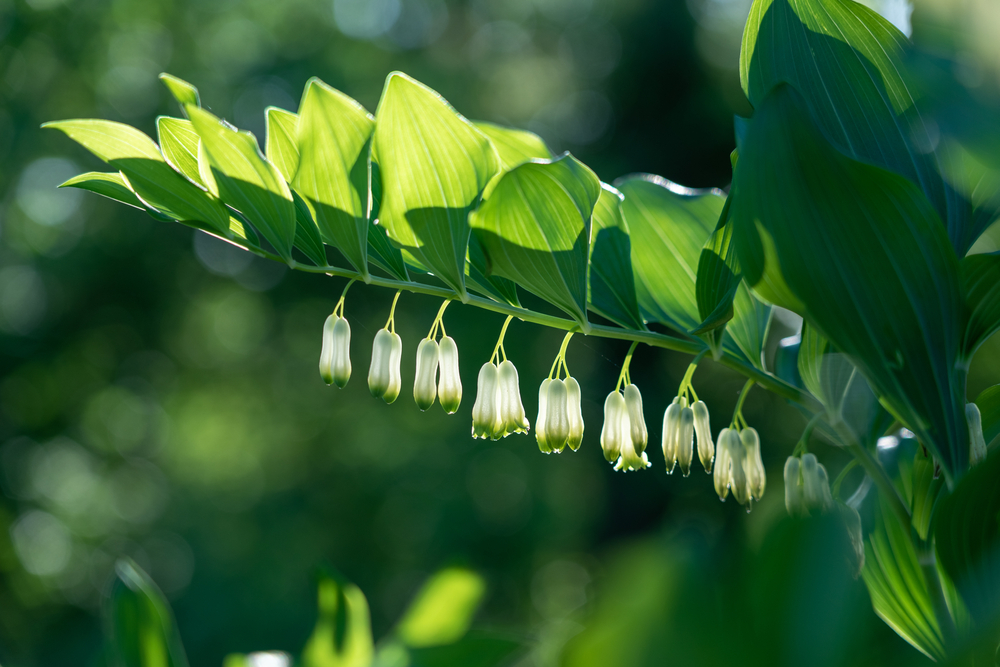
Solomon’s Seal features arching stems with small, tubular white flowers that dangle beneath the leaves in spring. It is well suited for full to partial shade and prefers humus-rich, moist soil. This elegant plant adds height and texture to shaded garden corners or woodland gardens.
The plant’s graceful form and subtle flowers help soften hard edges and create a natural, flowing garden look. Solomon’s Seal is also known for its resilience, tolerating dry shade once established. Its presence enhances the diversity and beauty of shaded garden spaces throughout the growing season.
Primrose (Primula)
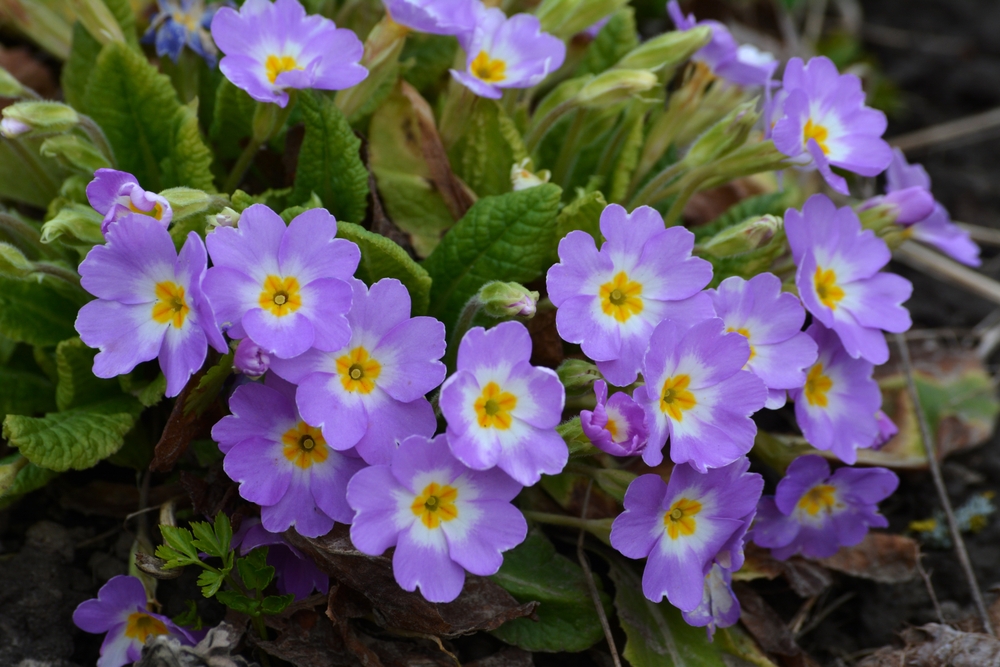
Primroses bring vibrant pops of color to shaded gardens with their cheerful blooms in reds, yellows, pinks, and purples. These flowers thrive in moist, well-drained soil and prefer partial to full shade. Their early spring flowering time helps to brighten areas where sunlight is limited.
They can be planted in clusters for a bold effect or mixed with other shade-loving plants for variety. Primroses also enjoy cooler temperatures, which makes shaded spots ideal for their growth. Their bright faces welcome the arrival of spring and add charm to shaded garden beds.
Toad Lily (Tricyrtis)
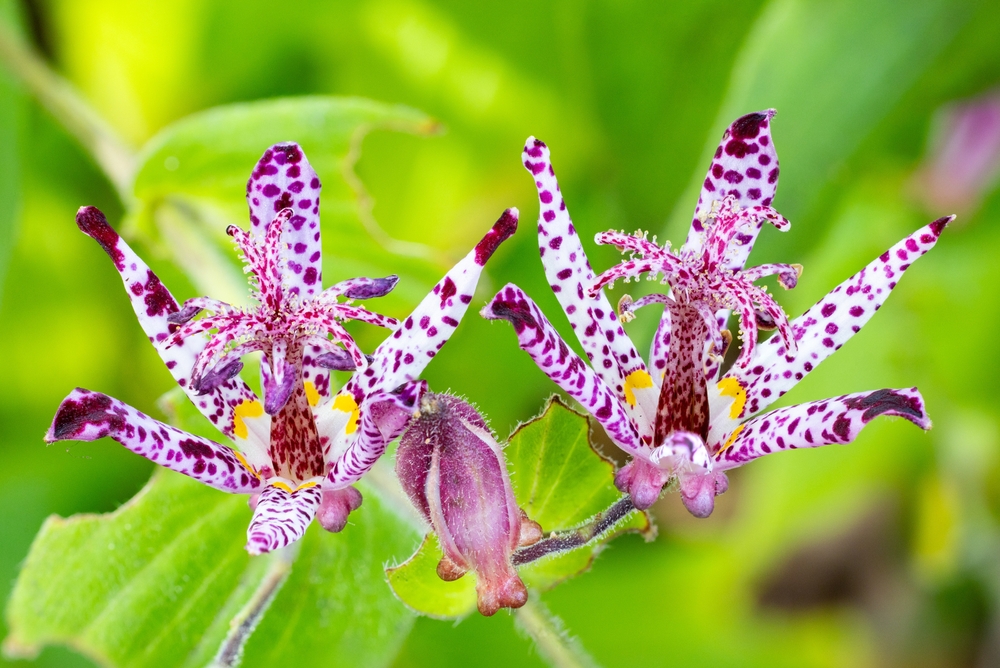
Toad Lilies are late spring to early fall bloomers that produce exotic-looking flowers with intricate spots and patterns. They prefer shaded to partly shaded areas with moist, rich soil. Their delicate blooms bring interest to shaded garden beds when many other flowers have finished blooming.
These perennials tolerate shade well and offer a unique aesthetic that stands apart from typical spring flowers. Toad Lilies also attract pollinators like bees, supporting the garden ecosystem. Their late bloom time helps extend the season of interest in shaded garden spaces.
Ajuga (Bugleweed)
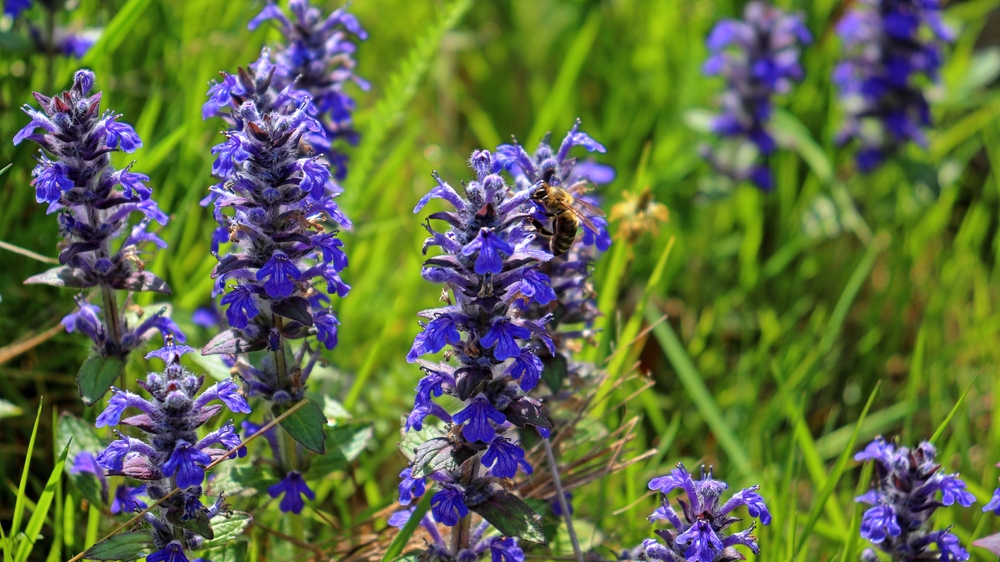
Ajuga is a groundcover plant that spreads quickly in shaded gardens, forming a dense mat of glossy leaves. In spring, it produces spikes of small blue or purple flowers. This plant thrives in partial to full shade and adapts well to many soil types as long as drainage is good.
Ajuga helps suppress weeds and reduce soil erosion on slopes or uneven ground. Its combination of attractive foliage and spring flowers makes it a practical and beautiful choice for shaded areas. Gardeners often use Ajuga to fill in gaps where other plants may not grow well.
This article originally appeared on Avocadu.
